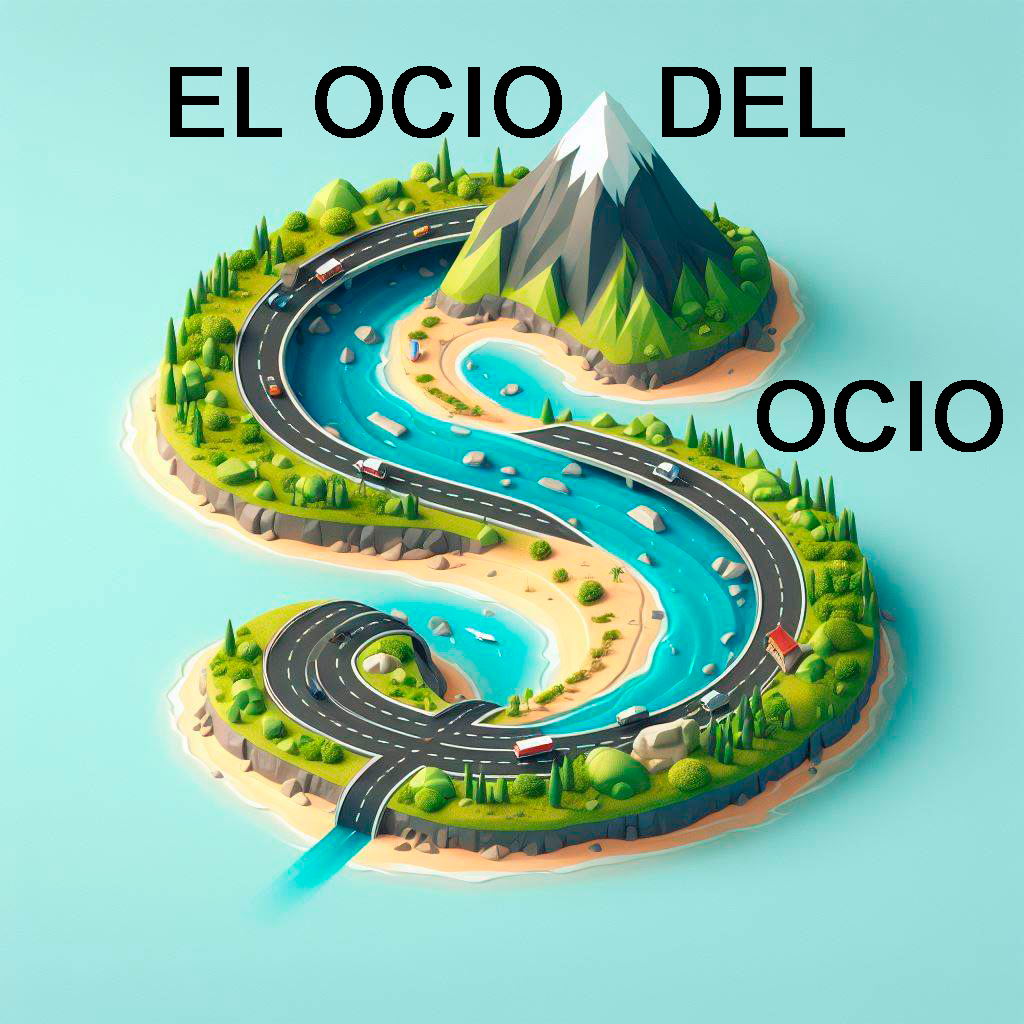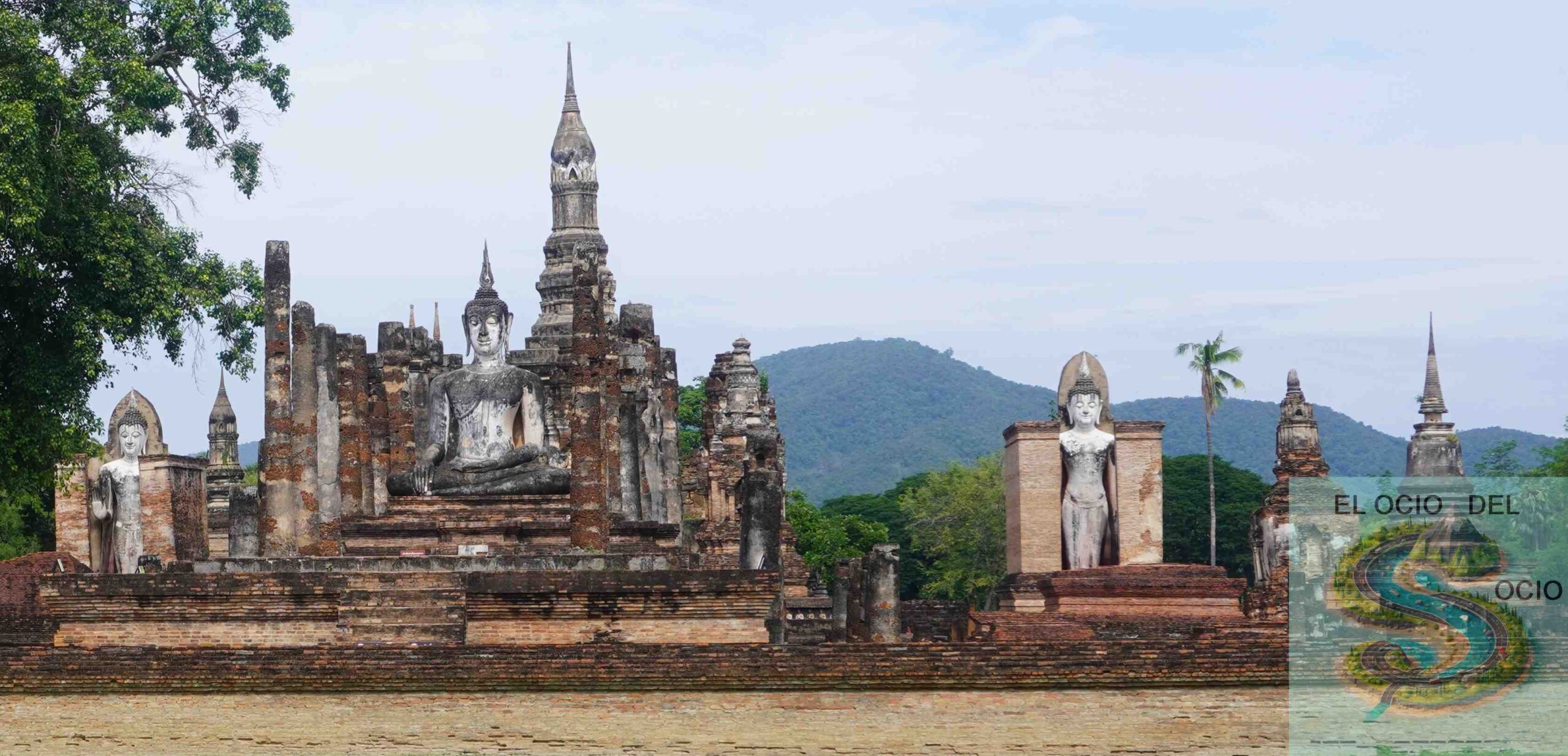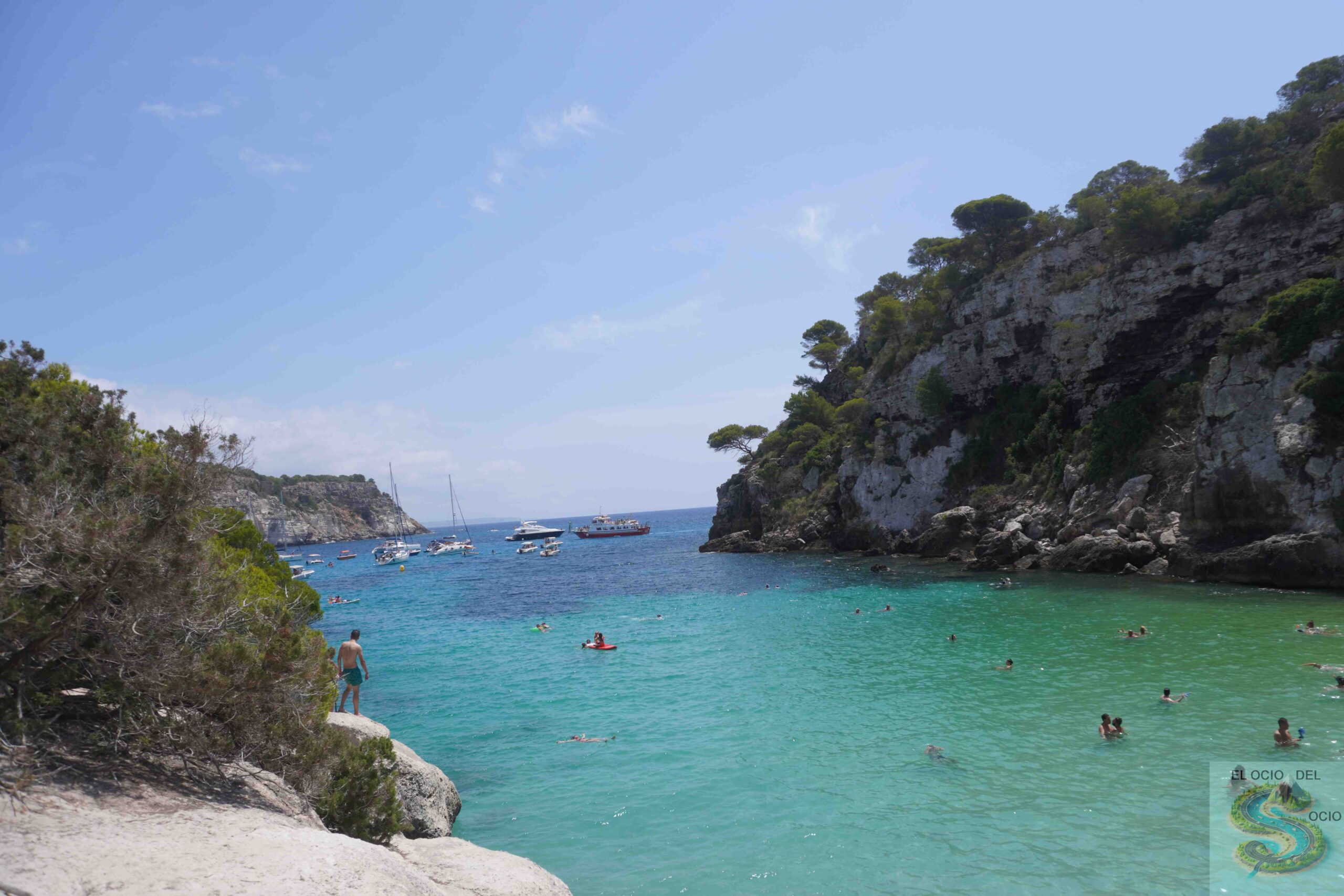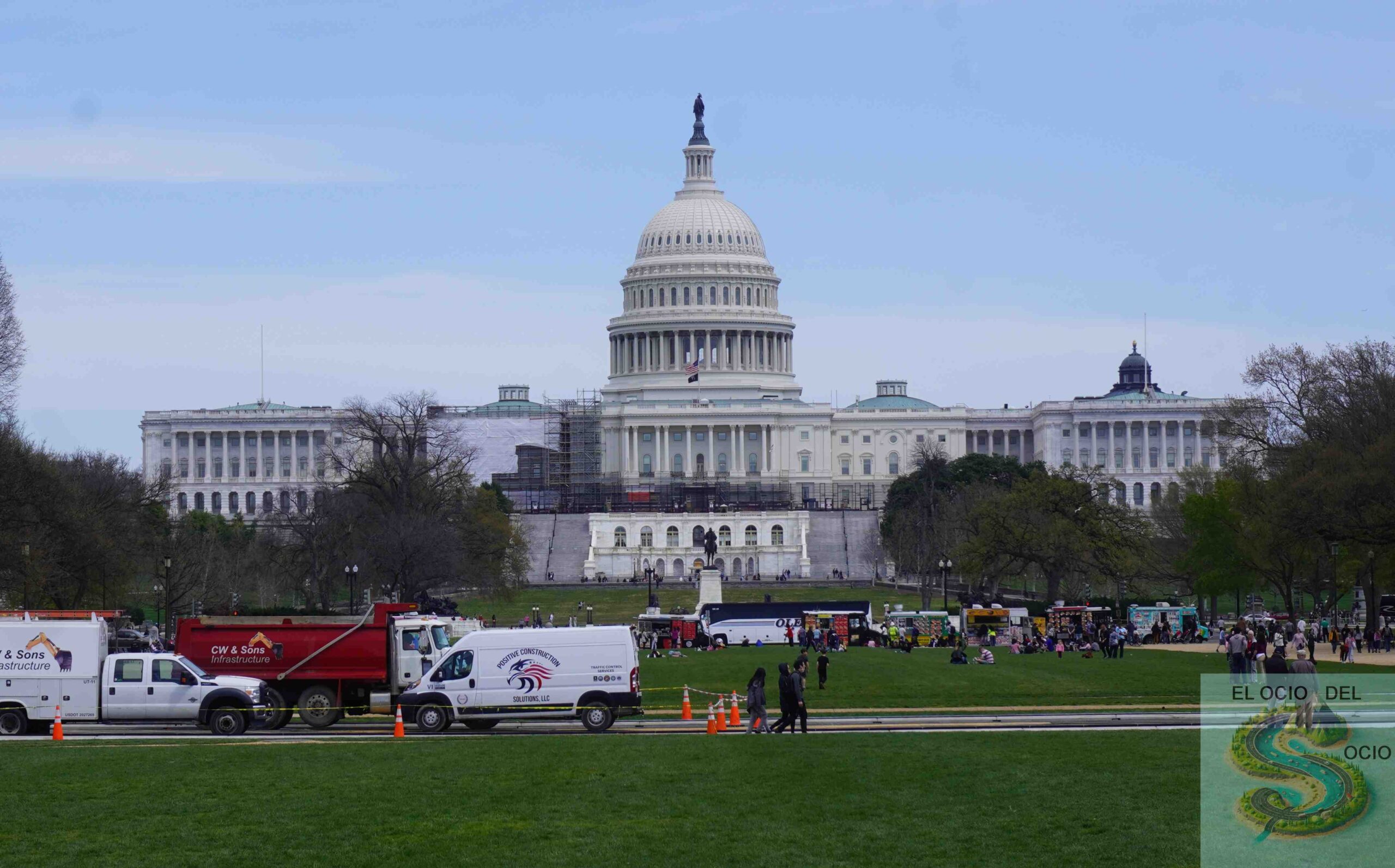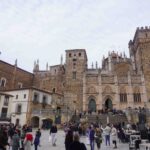Located in the province of Segovia, Coca is a historical jewel that combines the Roman legacy with medieval majesty. This charming town is famous for its imposing castle, but it also houses other monuments that tell the history of its glorious past.
History of Coca
Coca, known in antiquity asCauca, was an important Roman settlement and cradle of the emperorTheodosio I. Its strategic location on Pinares Land made it a key enclave for trade and defense. Over the centuries, the villa has preserved its historical essence, reflected in its monuments and streets.
Monuments you can’t miss in Coca
Coca Castle
This castle is one of the most impressive fortresses in Spain and an exceptional example of architecturemove.
The castle was ordered to build in the 15th century byAlonso de Fonseca, Archbishop of Seville, who obtained the permission of the kingJohn II of Castillain 1453. The construction began in 1473 and was completed in 1493, becoming a high-profile church residence. Its design, mainly in brick, is a masterpiece of the Mudejar alarifes.
Over the centuries, the castle went through several hands. It initially belonged to the family.Fonsecabut over time, and due to marriage alliances, it ended up in possession of theHouse of Alba. However, in 1954, the family gave the property to theMinistry of Agriculture of Spainwhich has since been responsible for its conservation.
Key Moments in your History
- 16th century:He was attacked by the communes in 1521 as a reprisal for the fire of Medina del Campo, caused byAntonio de Fonseca.
- 17th century:In 1645, the castle served as a prison for theDuke of Medina Sidonia, accused of trying to proclaim himself king of Andalusia.
- 18th century:In 1730, the castle’s archive was transferred to Madrid, which marked the beginning of its abandonment.
- 20th century:In a state of deterioration, it was restored and declaredNational Monumentin 1931.
Architecture and Characteristics
The castle is distinguished by itsdeep pit,imposing towersand itsbrick decoration. TheTower of Tributeis the most outstanding, with a snail staircase leading to rooms like the chapel and the weapons room. It also has a dungeon and a series of rooms decorated with stucco and mures2.
Gallery Castillo de Coca
As always, you can expand by clicking on the images:
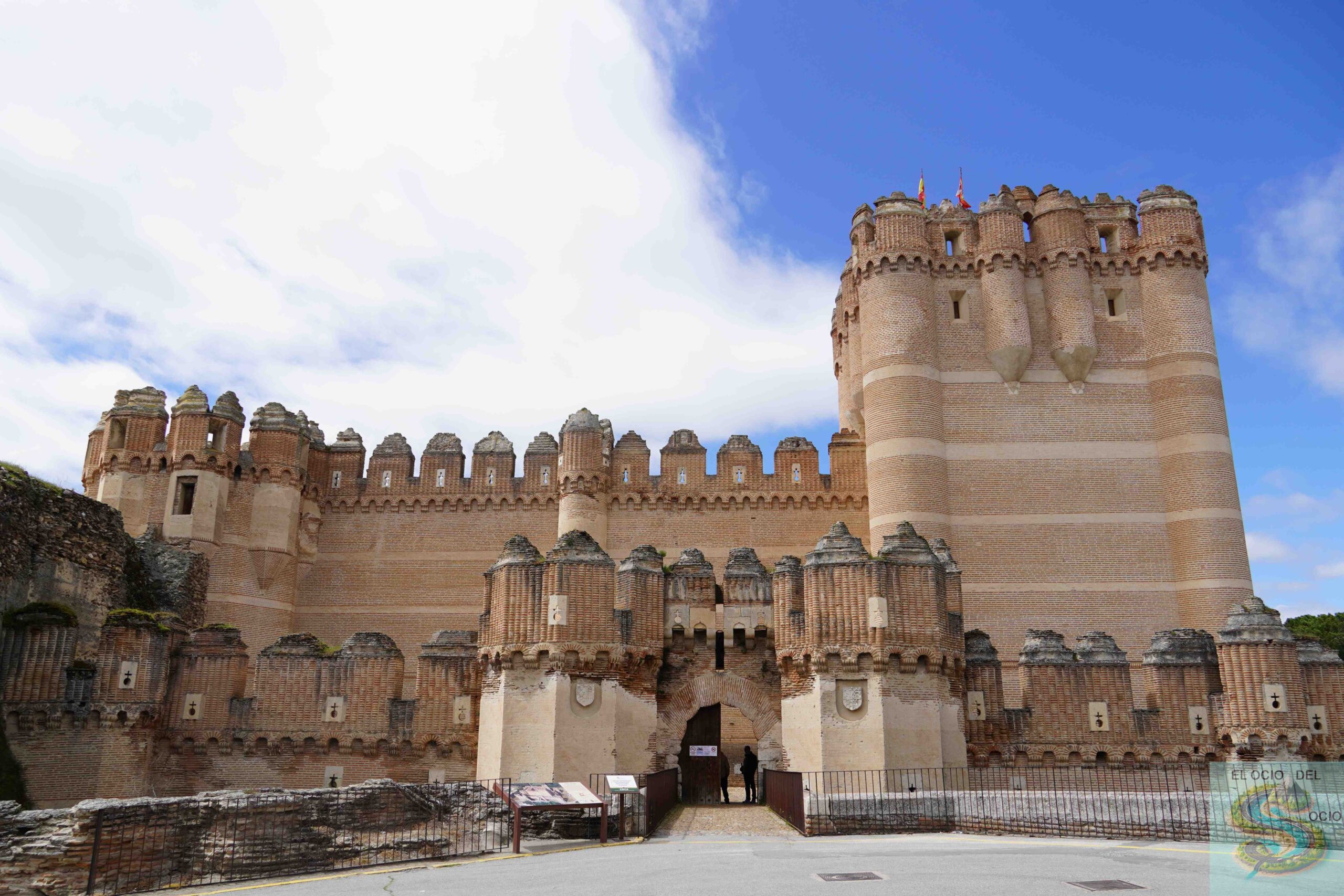
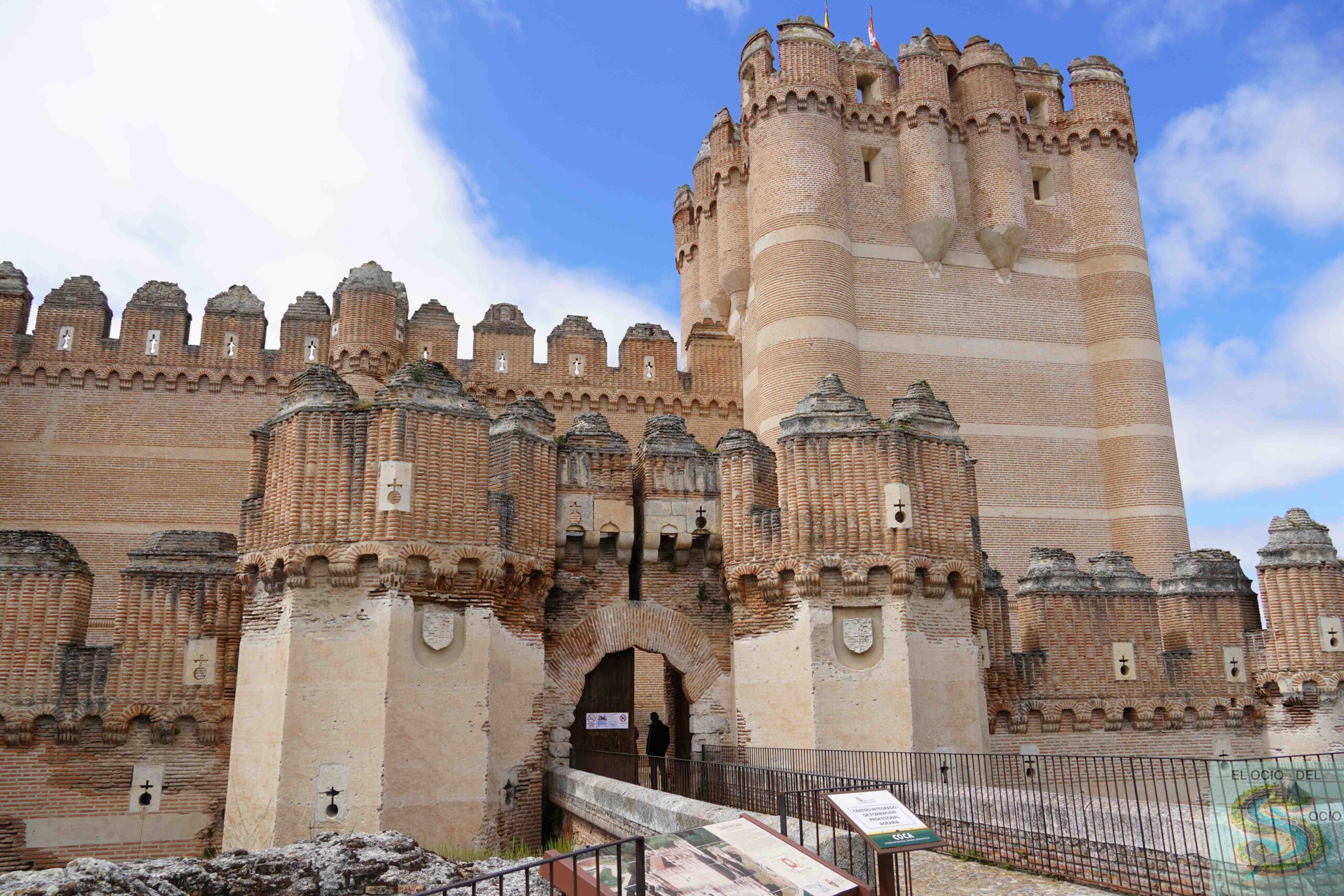
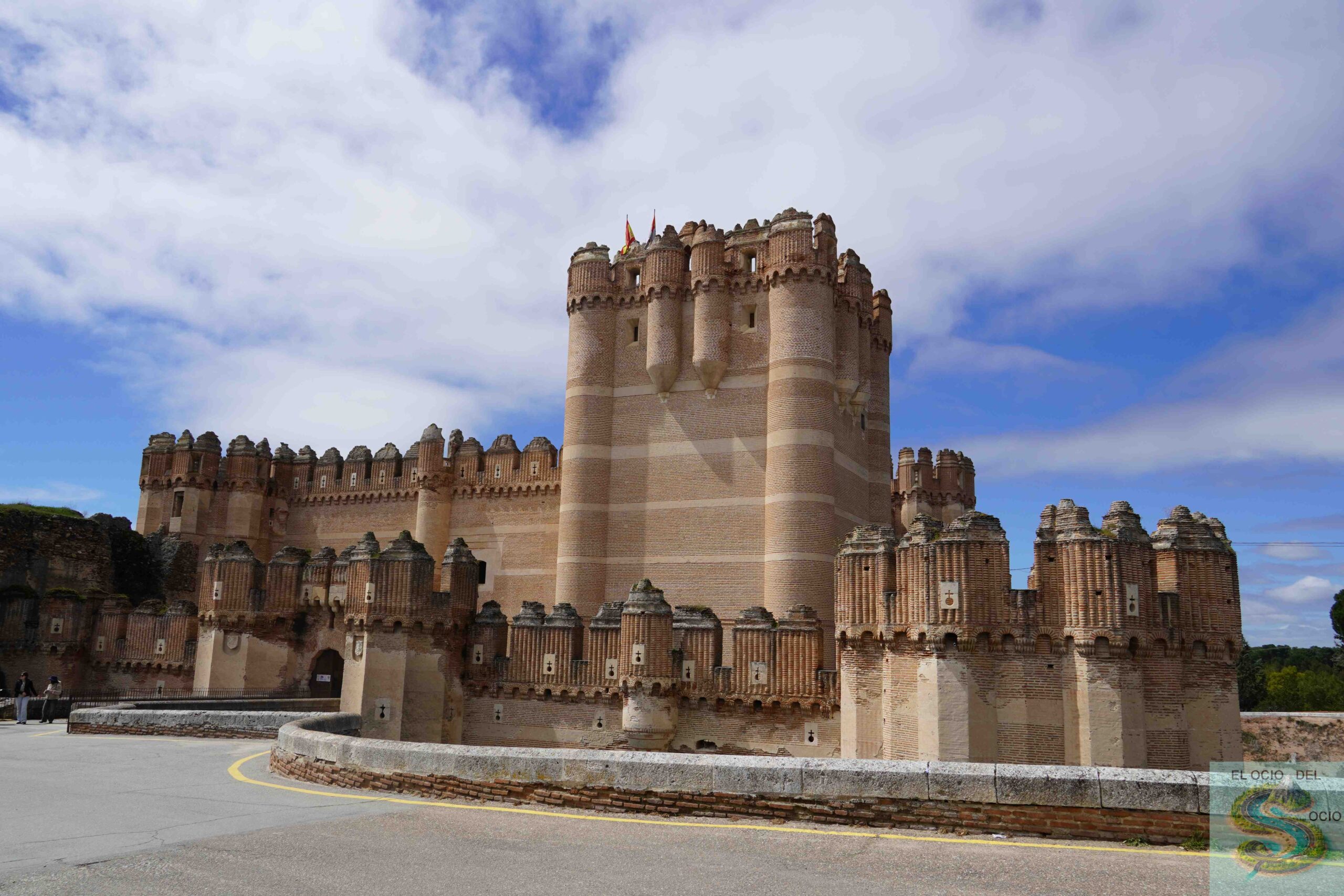
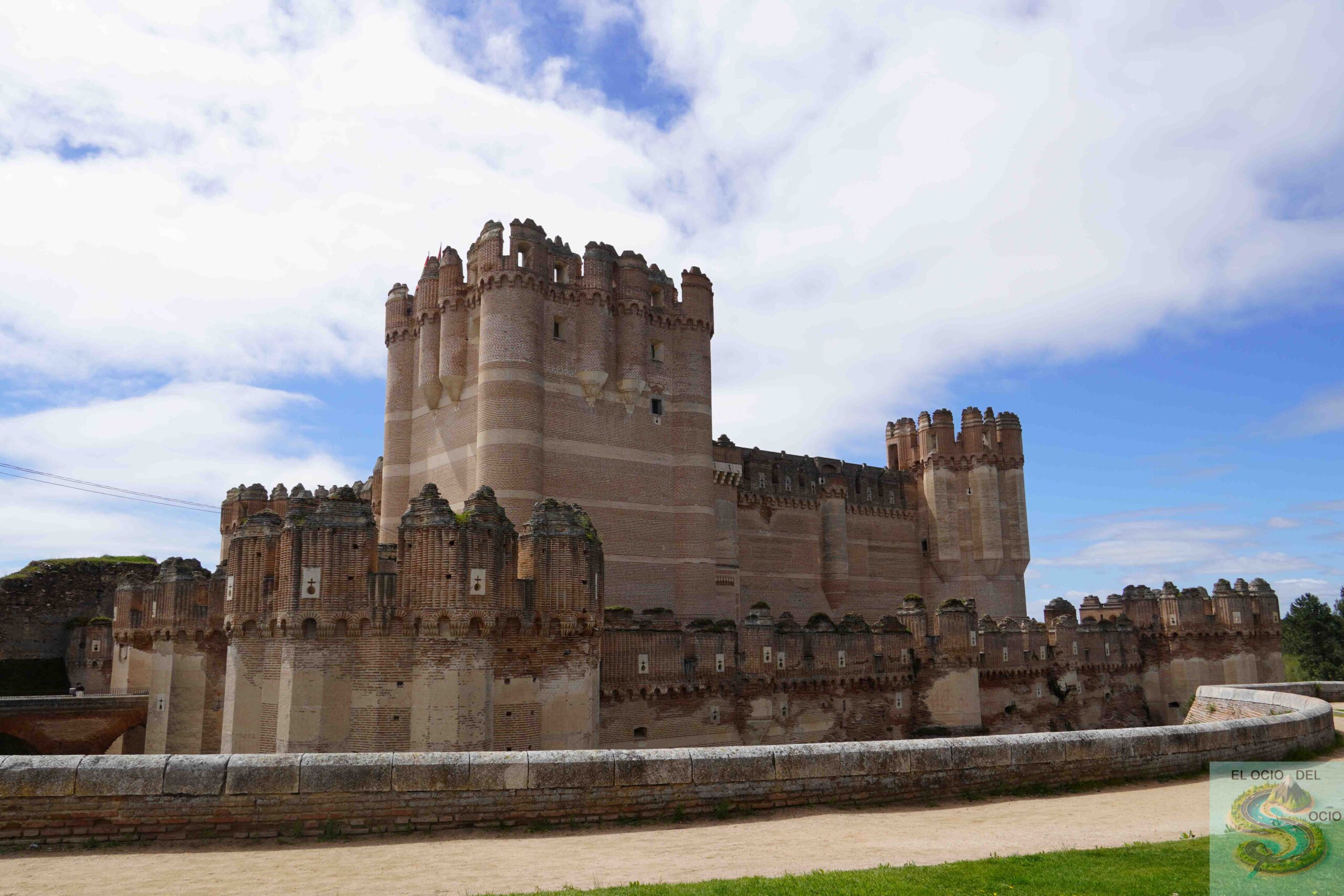
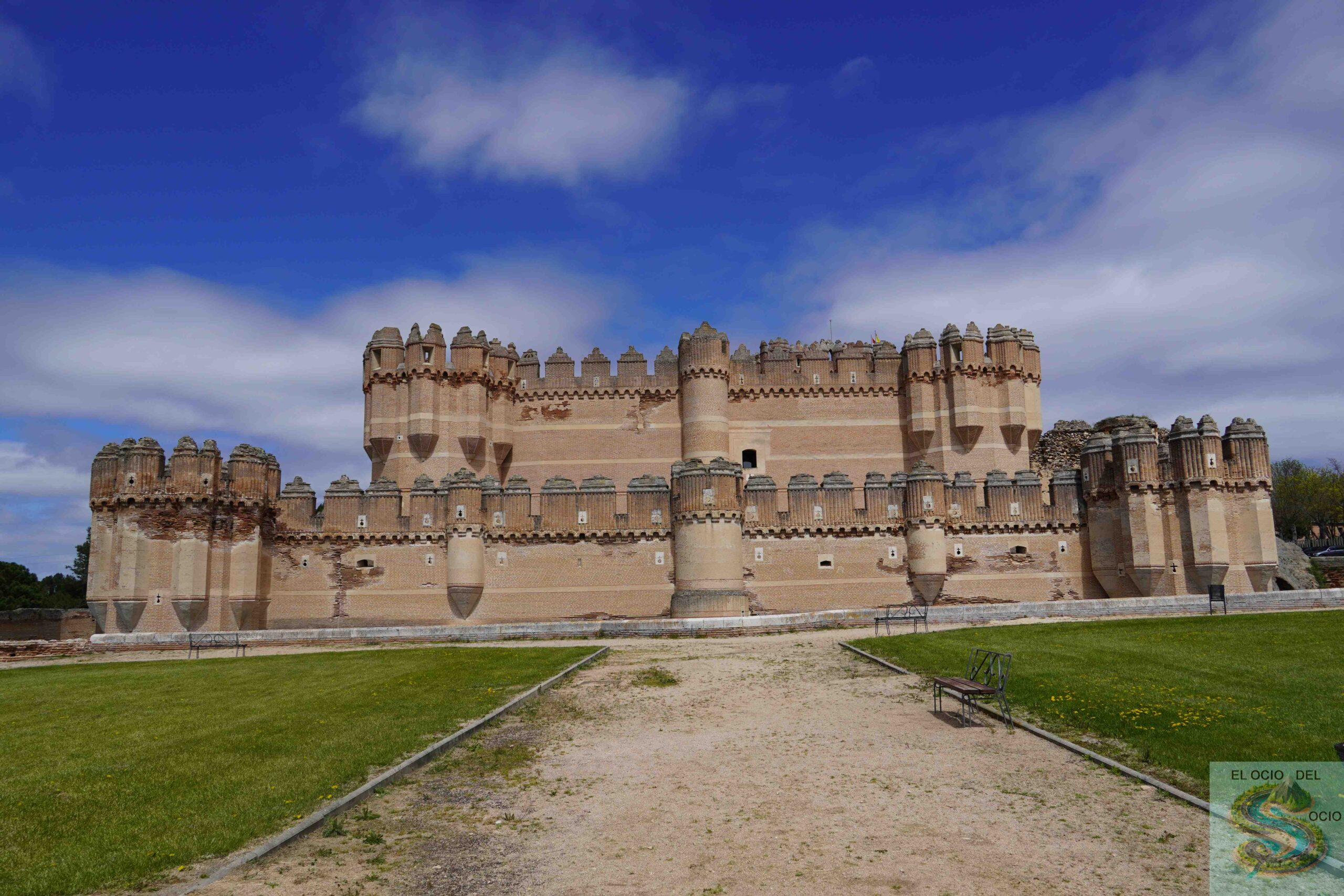
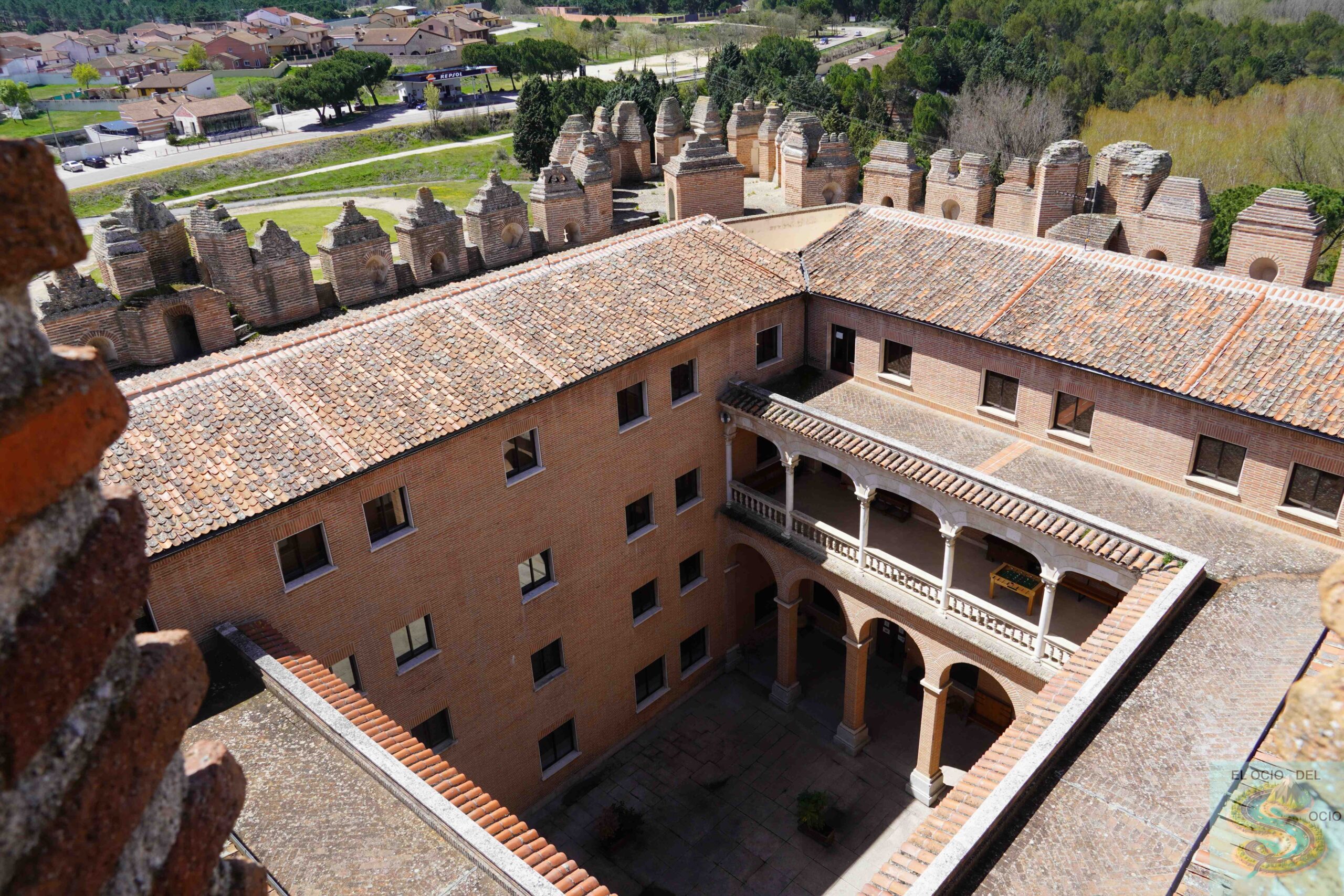
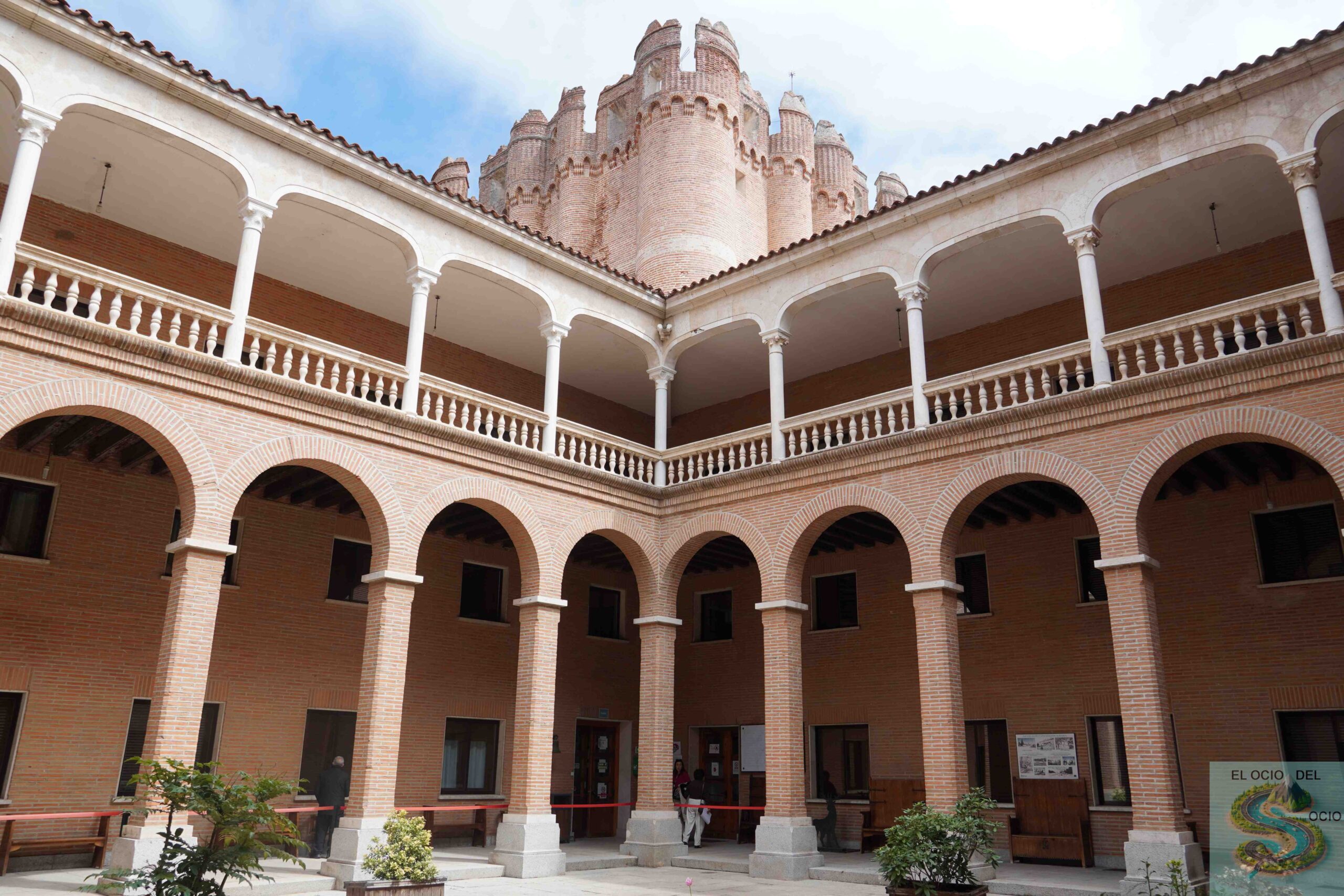
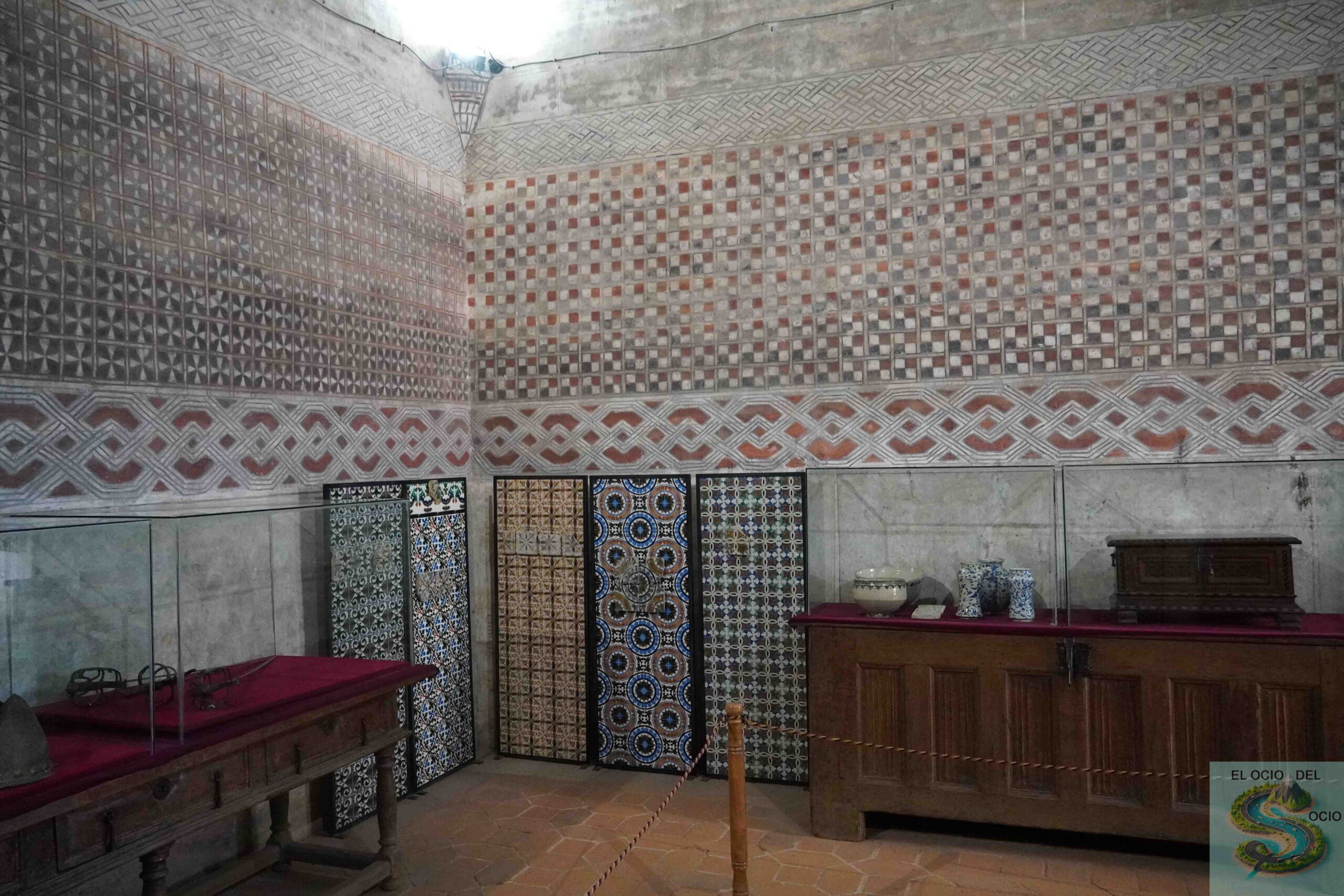
Visiting hours Castillo de Coca
As always, I recommend visiting the official websites, in this case thetourism of Castilla y Leónandown Castle. I’ll include the schedule at the time I write this post:
- Christmas (24 December – 1 January):
- Closed: Tuesday and Wednesday
- From 5 January to 31 January:
- Closed: Monday, Tuesday, Wednesday, Thursday, Friday, Saturdays, Sundays and holidays.
- Summer (28 March – 26 October):
- Every day: 11: 00 – 13: 00 and 16: 30 – 19: 00 (CURRADO PRIME MAS)
- Winter (27 October – 29 March):
- Every day: 11: 00 – 13: 00 and 16: 30 – 18: 00 (CURRADO PRIME MAS)
Entry prices
- General entry:€3.00.
- Reduced entry:€2.50 (for over 65 years and children between 6 and 14 years).
- Groups:€2.50 per person.
- Previous reservation:It is necessary to book at least 48 hours in advance.
For more information or reservations, please contactCoca Castlethrough the phone617 57 35 54or by emailvisitascastledecoca @ hotmail.com.
In fact, on the websites I have shared with you before they mention that you have to book previously. I did it by writing to the mail, they answered me quickly. On the day of my visit I saw that I was late for traffic and I also called the phone and they took it. They let me visit the castle in the last one because it was still empty. I had previously booked the penultimate free visit shift and did not arrive in time but I recommend going in advance in case you don’t have that luck. In addition, you can also book guided tour.
What we saw was that there were people coming in without having reserved, but because not all the gaps had been reserved, call or write to the mail so that they wouldn’t risk going there so they wouldn’t go in.
Medieval Wall and Puerta de la Villa
From the castle, you can see remains of the wall that protected the city. TheGate of the Villais the only entry that is kept standing and is witness to the defensive importance of Coca in past times. It’s in front of the castle right after the park. From the castle to the wall, on the left you will see a street that flows into the Mudéjar Tower of San Nicolás and another that flows into the Church of Santa Maria la Mayor.
In addition, right in front of the Puerta de la Villa, you can see the Verracos Prerromanos.
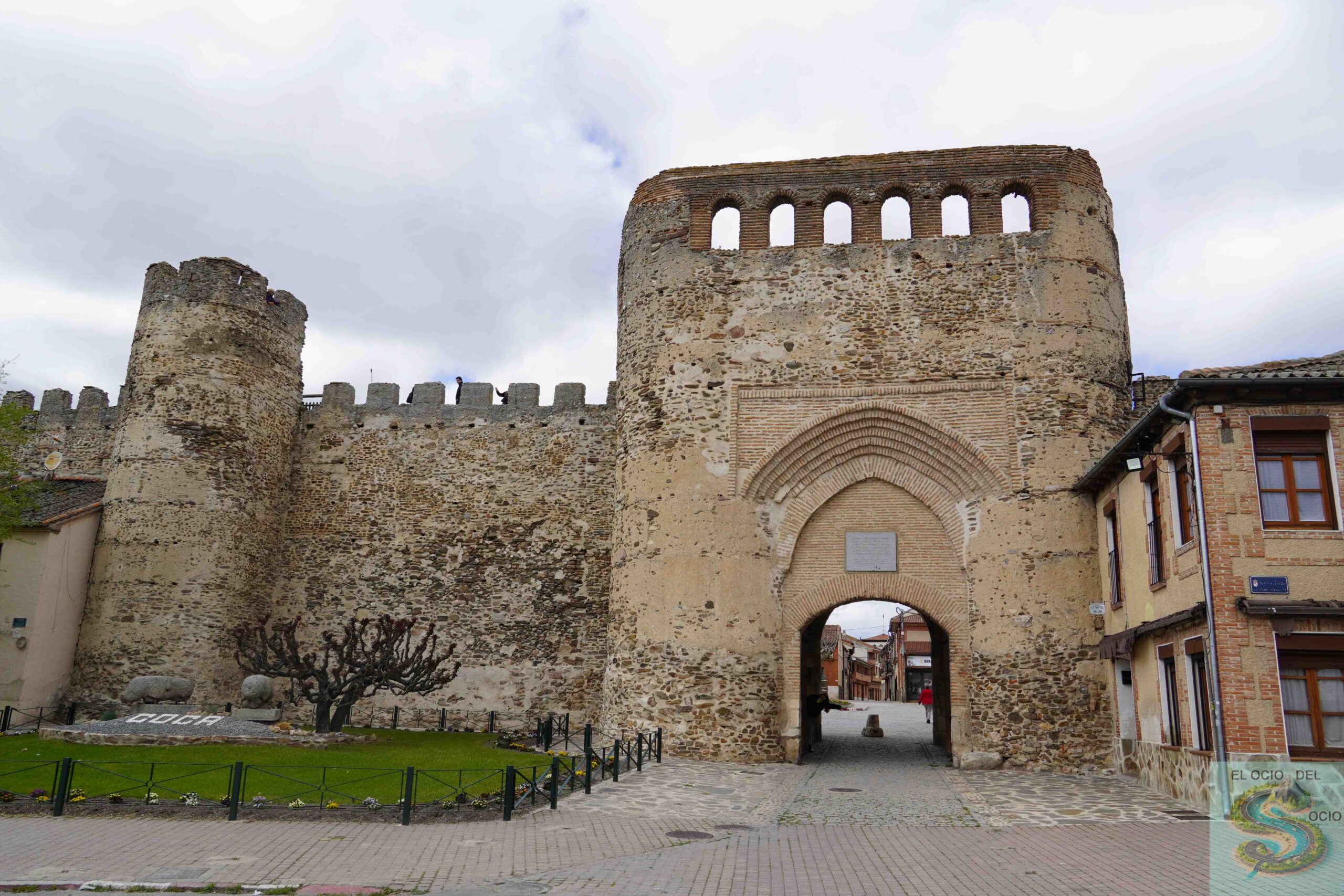
Perromanos
Coca houses granite zoomorphic sculptures known asflakes, dating from the pre-Roman era. These monuments are believed to have a territorial or funeral purpose.
Tower of Mudéjar of San Nicolás
This is the only vestige of the late Romanesque church in San Nicolás. Its brick structure and strategic location made it a powerful defensive watchtower. You can go in for free and the truth that the views from above are worth it.

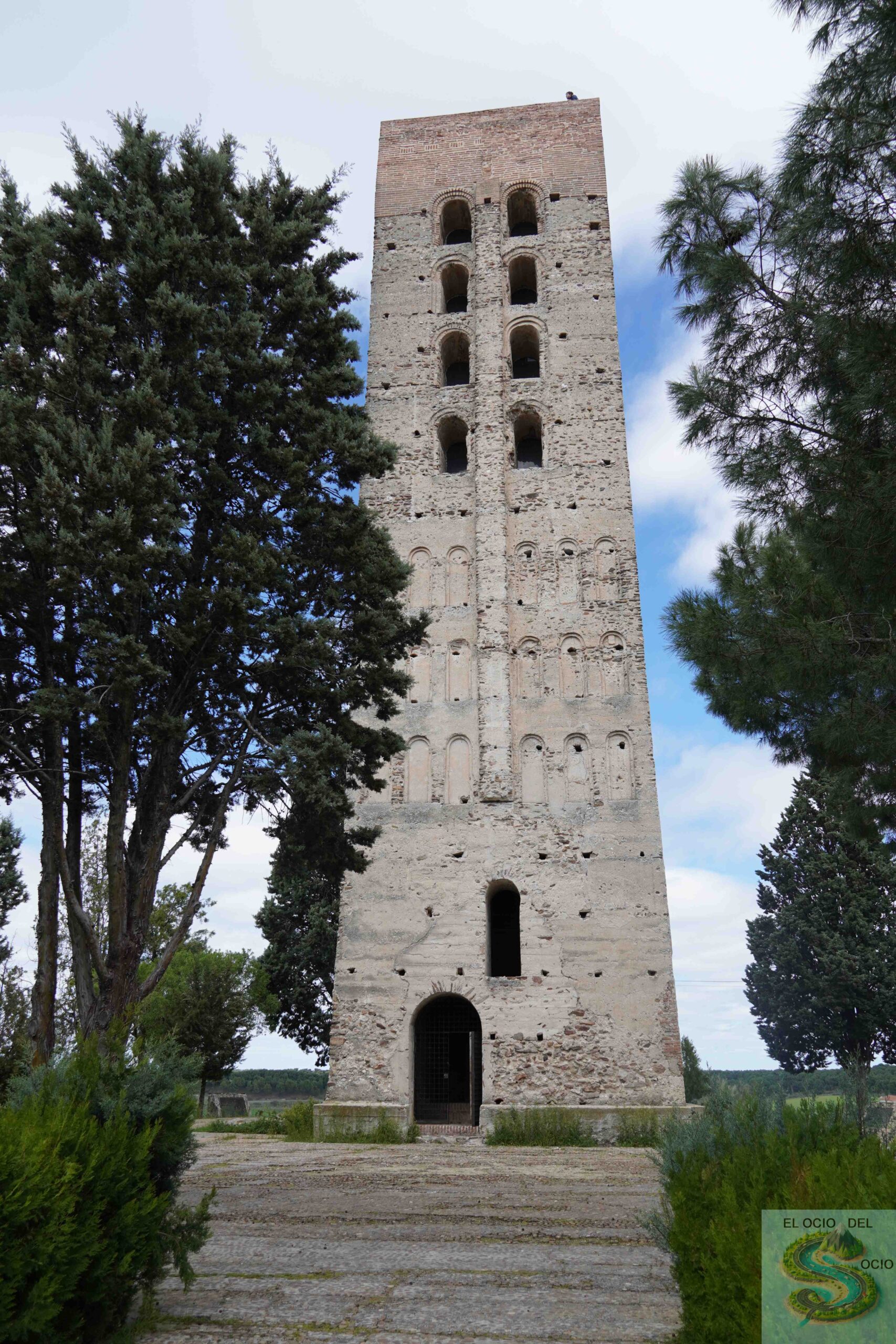
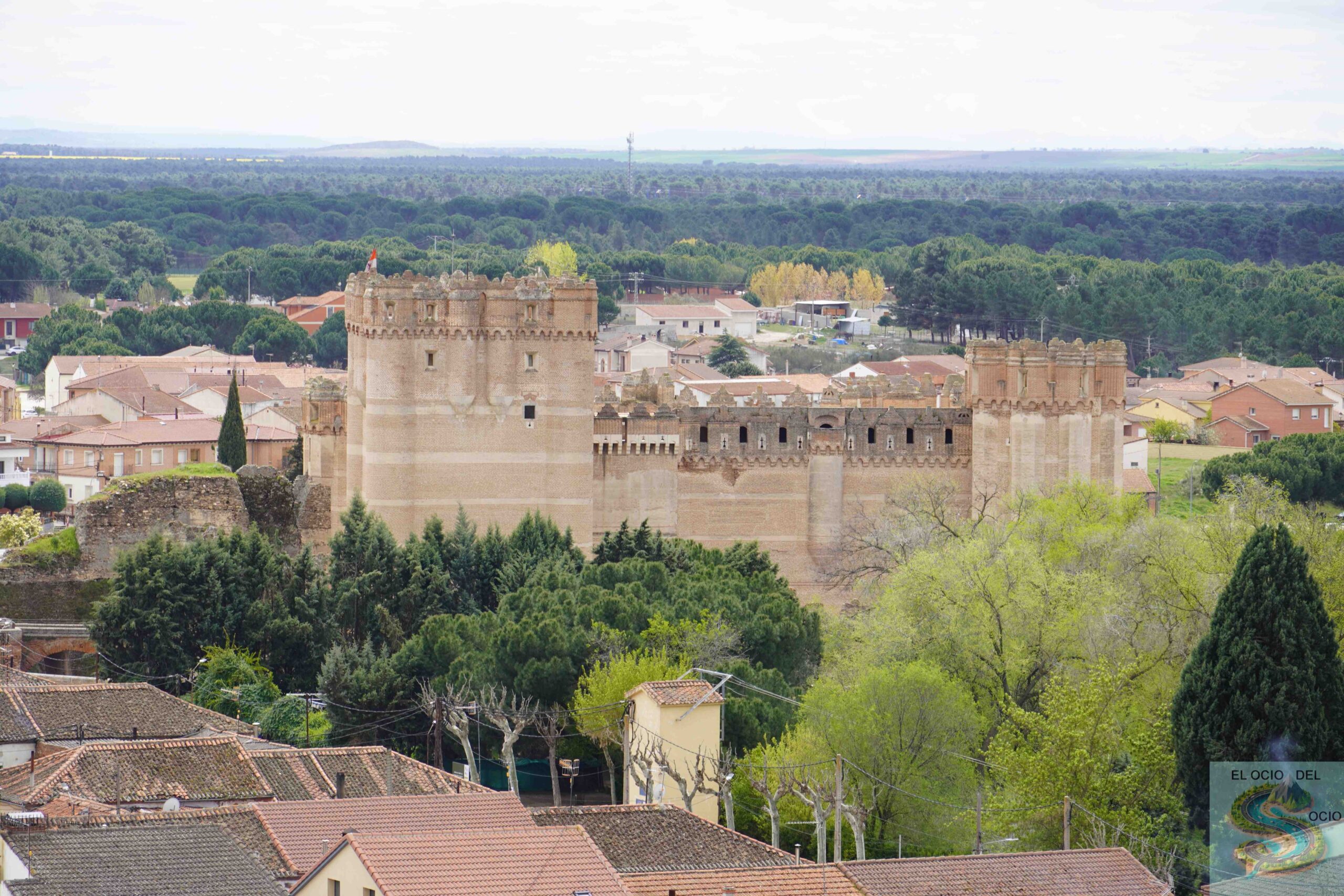
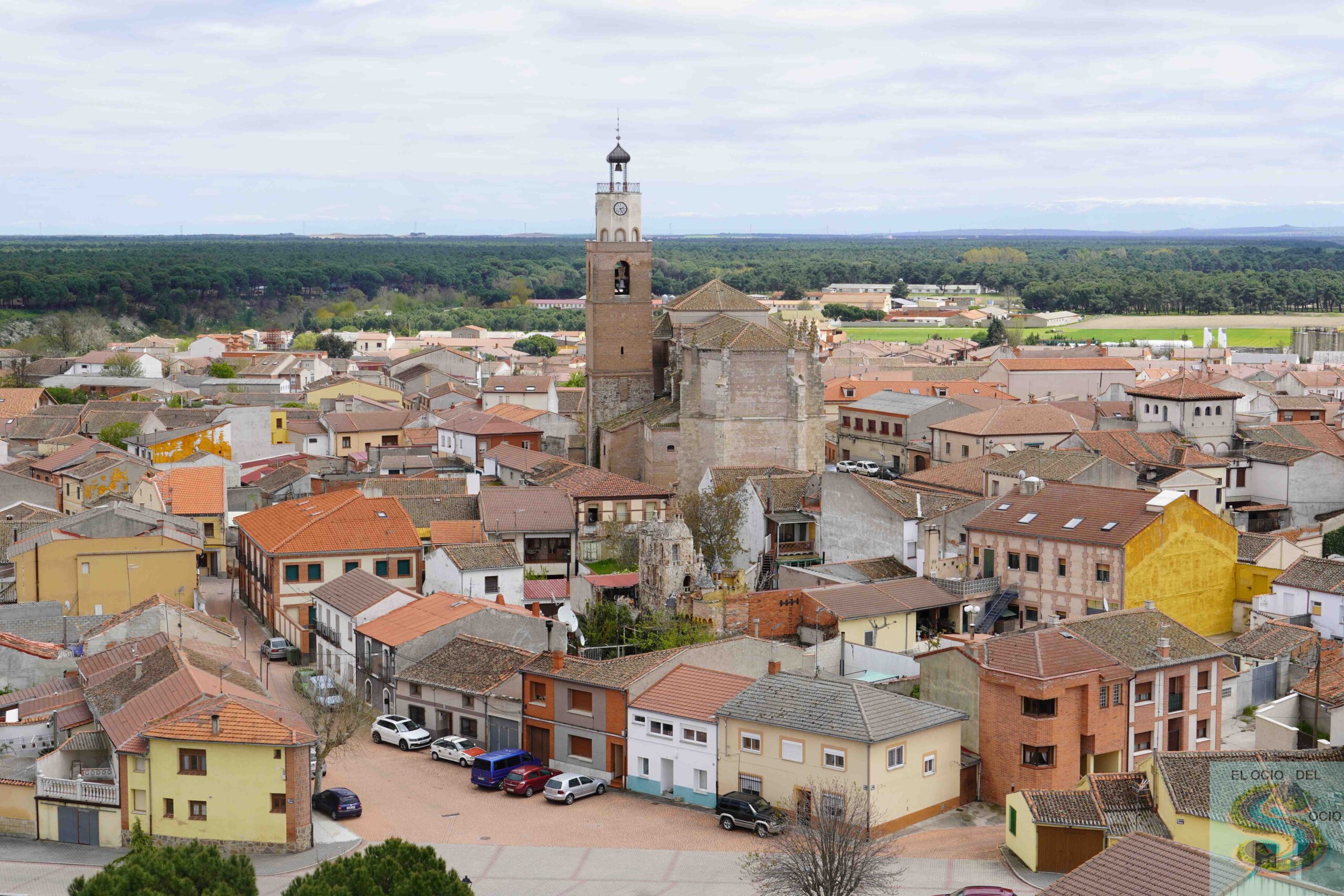
Church of Santa Maria la Mayor
Located in thePlaza Mayor, this church is the only survivor of the nine religious temples that existed in Coca. Built in the 16th century, it served as a funeral chapel of the Fonseca family and houses impressive marble tombs of Carrara. Next is the Casa de la Villa.
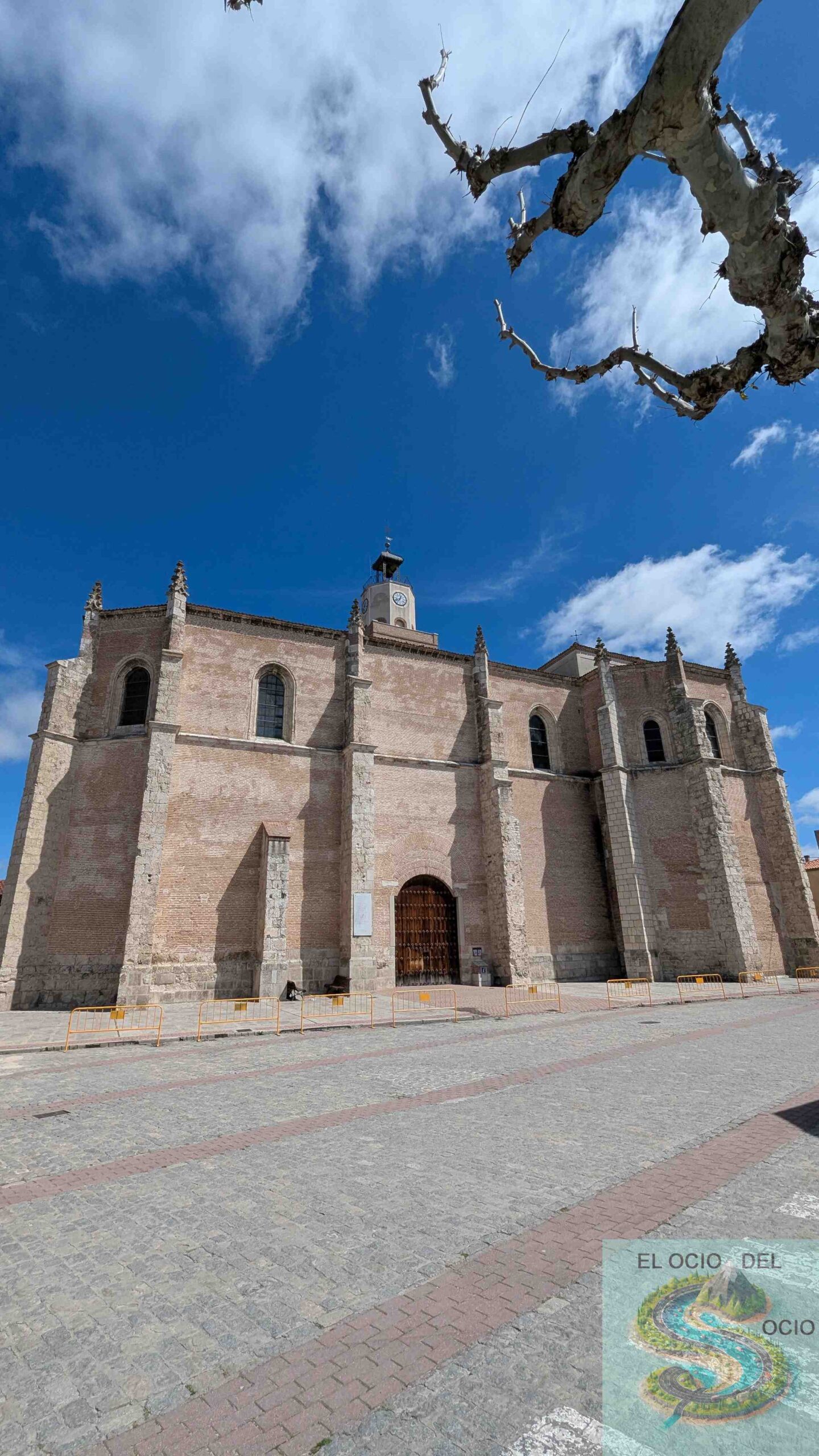
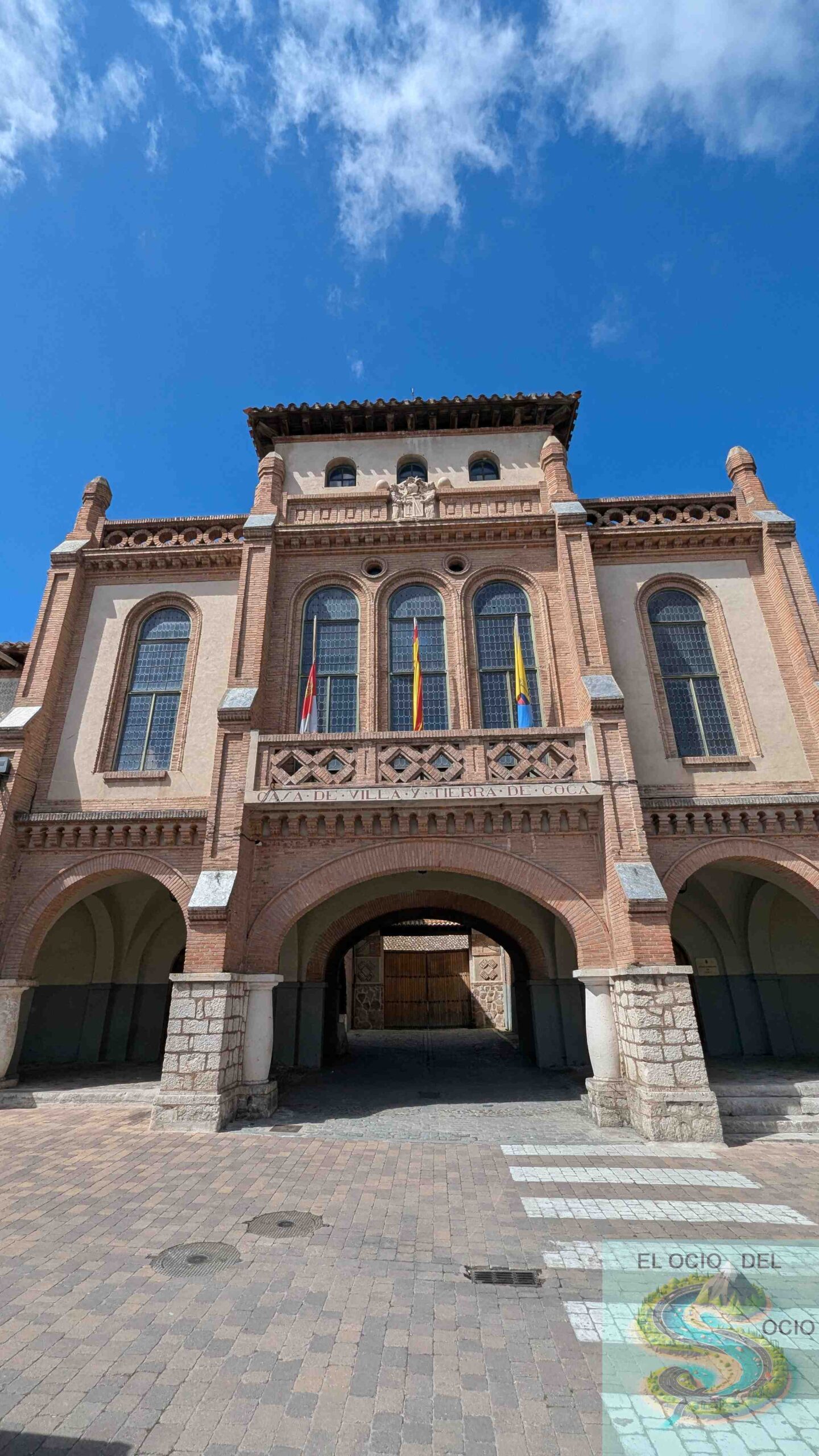
The archaeological site of the Five Caños
Located on the outskirts of Coca, this site is a vestige of the Roman splendor of the ancientCauca. It is a Roman public construction, probably anympheo, that is, a source dedicated to nymphs, aquatic divinities.
The building was organized around aPorticated central courtyardwith a corridor that gave access to different side rooms. On the closing wall are three semicircular apses, which could house decorative statues. Roman wall paintings with geometric motifs and imitations of marbles, some of which were moved to theSegovia Museum.
The site is protected by a metal cover and has information panels that explain its history and function.The visit is free and free, so anyone can approach and explore this archaeological corner
Conclusion
Coca is a destination that combines history, architecture and natural beauty. From its majestic castle to its Roman and medieval vestiges, each corner of this villa tells a fascinating story. If you are looking for a place with charm and historical legacy, Coca is a mandatory stop on your trip through Segovia.
